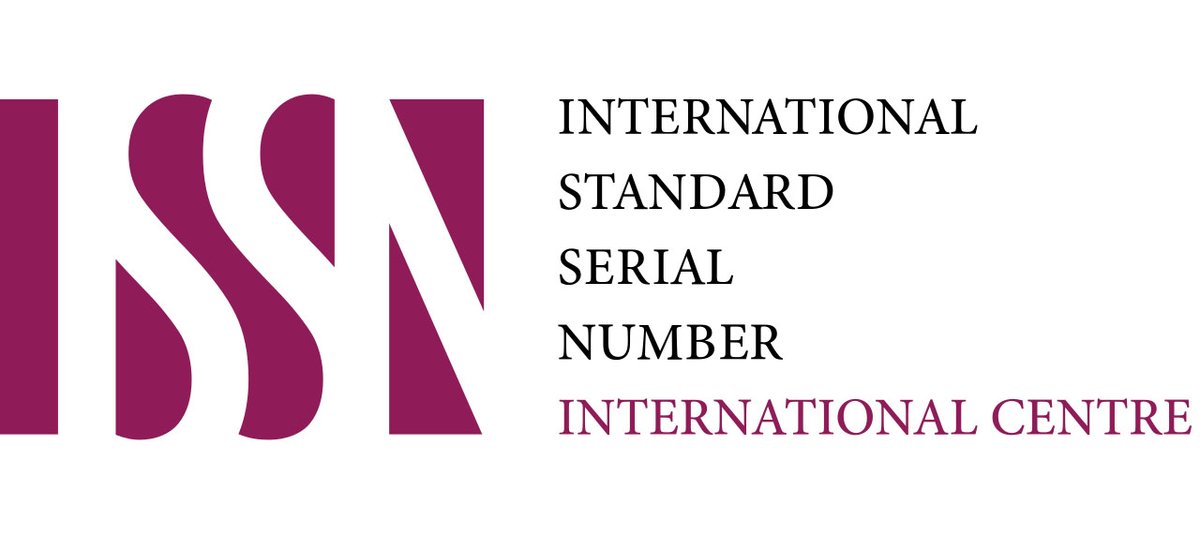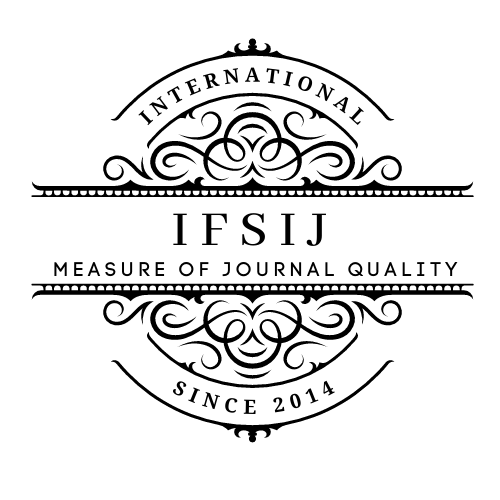THE ROLE OF CLEAR ALIGNERS IN THE COMPREHENSIVE REHABILITATION OF PATIENTS WITH SECONDARY EDENTULISM AND DENTAL ARCH DEFORMITIES
Keywords:
Clear aligners; secondary edentulism; occlusal destabilization; dentoalveolar elongation; orthodontic pre-prosthetic preparation; mesial migration; multidisciplinary dental rehabilitation; digital orthodontics; occlusal reconstruction; morphofunctional restoration.Abstract
The article presents a clinical and analytical justification for the use of clear aligner systems in the structured rehabilitation of patients with secondary partial edentulism accompanied by dental arch deformities. The pathological consequences of untreated tooth loss—such as compensatory eruption of antagonists, mesial displacement of adjacent units, rotation along the longitudinal axis, occlusal instability, and dentoalveolar elongation—are considered as critical biomechanical factors necessitating preliminary orthodontic correction. Aligner-based treatment is examined as a method of controlled spatial remodeling of dentitions, ensuring the restoration of intercoronal distances, alignment of occlusal planes, and re-establishment of morphofunctional integrity prior to prosthetic intervention. Emphasis is placed on the integration of aligner therapy into interdisciplinary protocols aimed at stabilizing occlusal relations, redistributing functional loads, and optimizing implant bed positioning. The analysis confirms the clinical efficacy of digital aligner systems in achieving precise movement trajectories in cases with long-standing edentulous defects, while maintaining high levels of hygiene, aesthetics, and prosthetic compatibility. The use of aligners is evaluated not as an auxiliary measure, but as an essential stage in evidence-based restorative dental treatment.
Downloads
Published
Issue
Section
License

This work is licensed under a Creative Commons Attribution-NonCommercial-NoDerivatives 4.0 International License.















